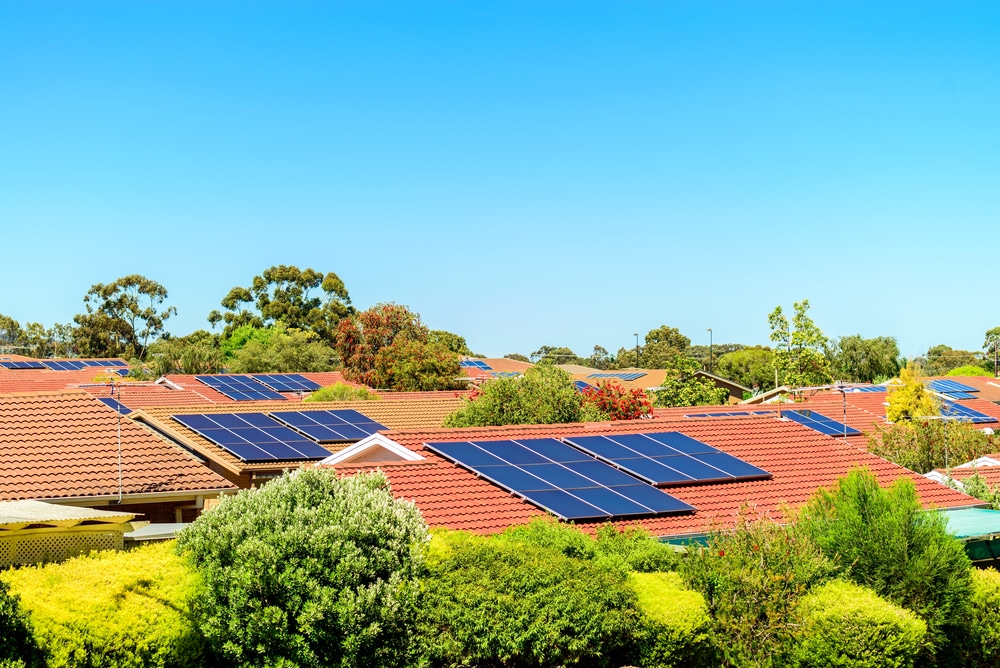In the year 2001, Alicia Keys ruled the radiowaves with her hit ‘Fallin’’, Harry Potter and The Lord of the Rings jostled for box office dominancy, and the world was choking on fumes generated by fossil fuels. Those were the days where they were used to power pretty much everything.

It was that year that Australia knew something needed to be done and the Federal Government implemented our first ever Renewable Energy Target with the goal to get solar panels on Aussie rooftops. The dangling carrot for Australians was feed-in tariffs as high as 60c/kW to offset high installation rates.
When it came to renewable energy in 2001, South Australia wasn’t just off the pace it’s efforts were non-existent. The entire state was fueled by fossil fuels and there wasn’t a lot on the table to suggest that would change anytime soon.
South Australia drives renewable energy adoption and use
As late as 2017, South Australia was still having widespread blackouts and hitting the news for all the wrong reasons. Oh, but how things have changed. In the space of fewer than six months, SA has broken two global records for renewable energy adoption.
On October 11, 2020, the state produced enough energy to power the entire state with solar making up 77 per cent of that volume. No other region or jurisdiction in the world has achieved that.
Then the state broke new ground on February 7 this year when the National Electricity Market live data feed showed that renewables made up 60.2 per cent of the state’s total electricity demand. Again, this had not been achieved anywhere else in the world.
So how did South Australia turn it all around?
To get to a point of success, South Australia first had to taste the bite of failure. The state has a privatised energy market so the shift had to come off the back of fossil fuels becoming economically unviable and for renewable projects to become attractive to investors.
Public policy is one thing, but rusted-on fossil fuel operations were there to stay – until they failed. Fail they did, with the last coal-fired plant in the Port Augusta power station closing in 2019.
It led to power shortages and lots of frustration and anger, but the solutions were staring South Australia right in the face.
The conditions in South Australia suited renewable energy sources because the state is flat and hot with plenty of wind. It is also subject to extreme weather conditions so climate change is something they really don’t want.
So governments from 2002 onwards worked on the policy and the infrastructure which would set up a renewable energy future, one the state has adopted in earnest as it is cheap, highly available and it means no more blackouts.
Now South Australia is fully on track to become the first state in Australia to become 100 per cent run on renewable energy around the clock.












































